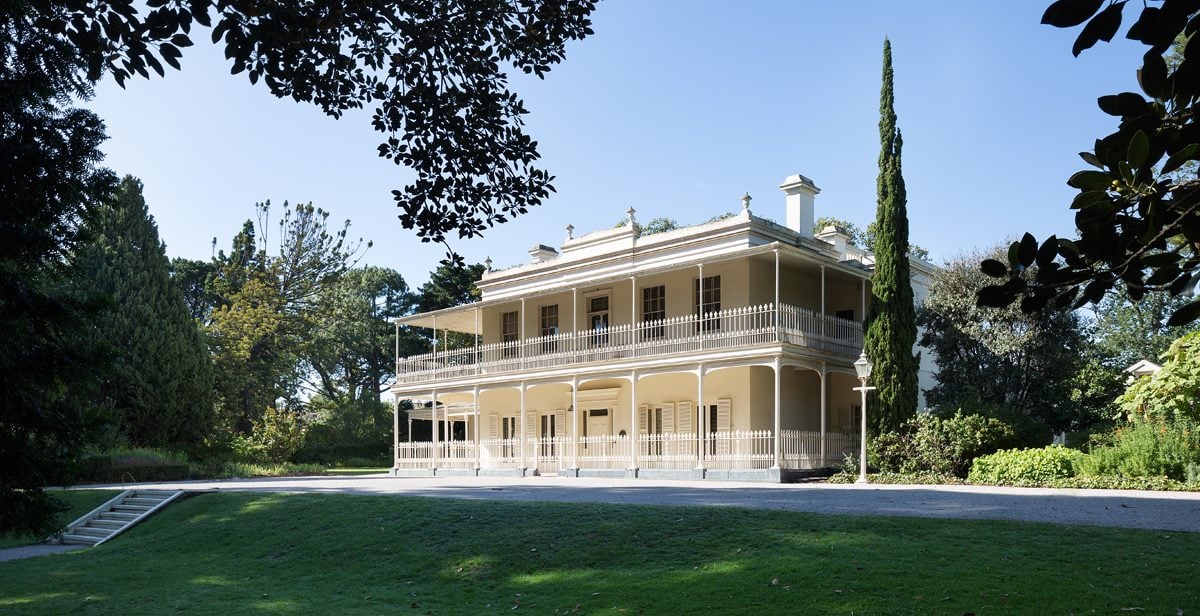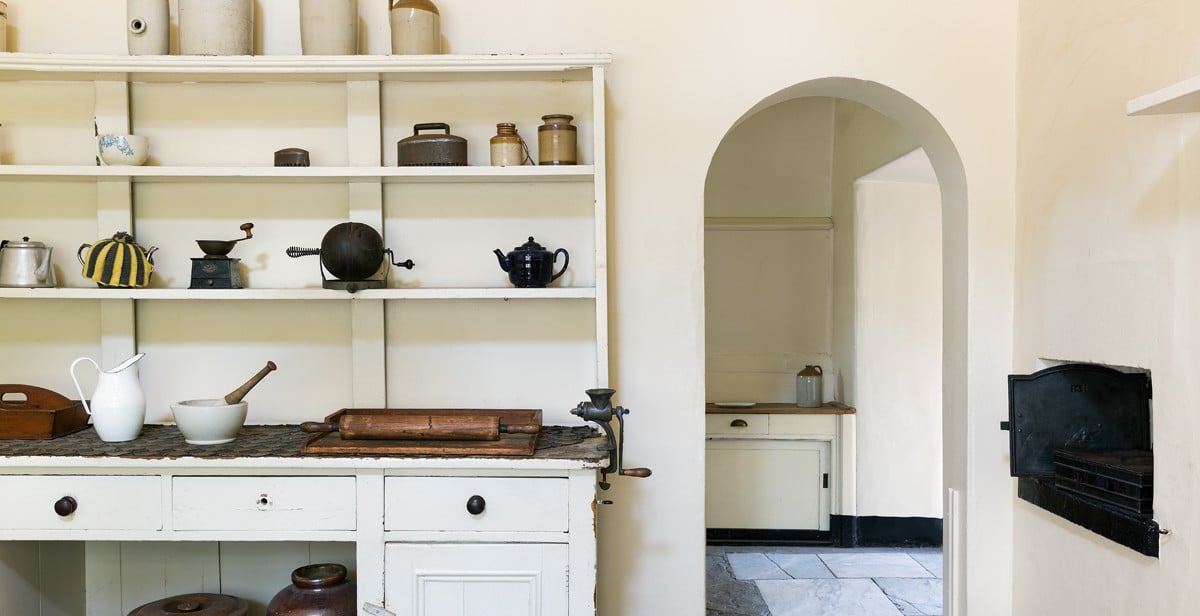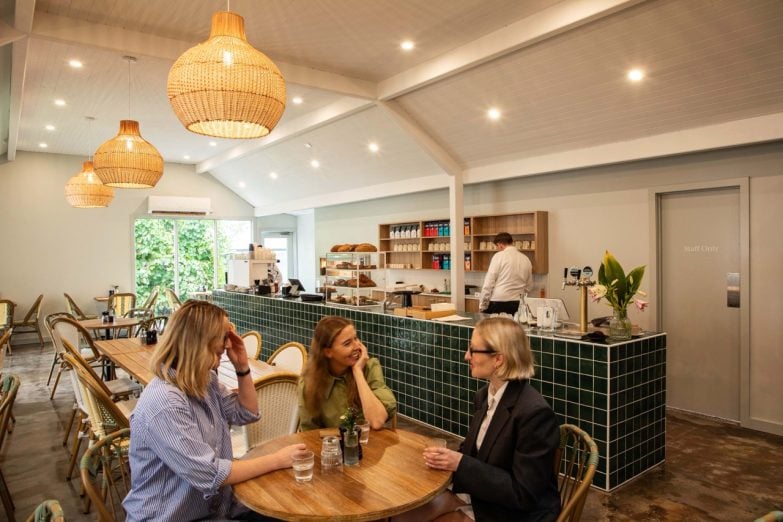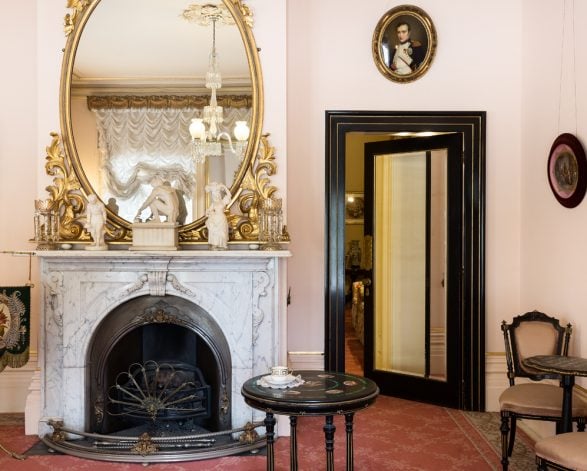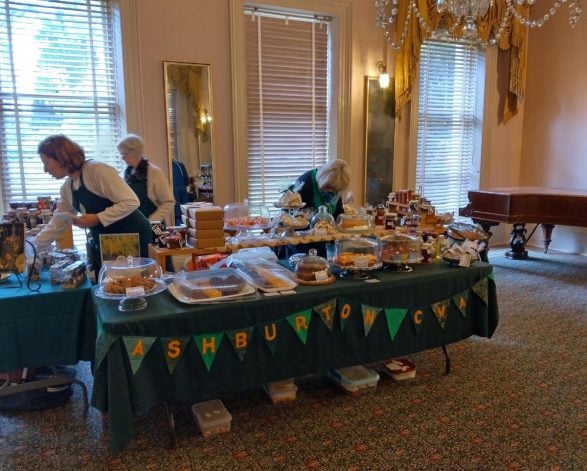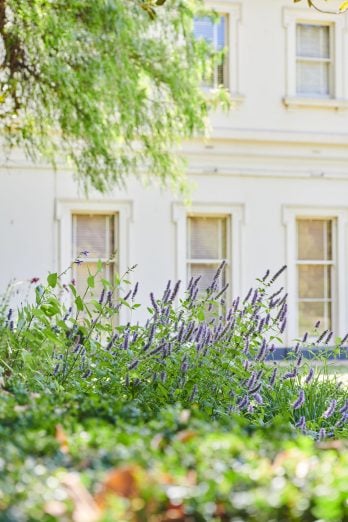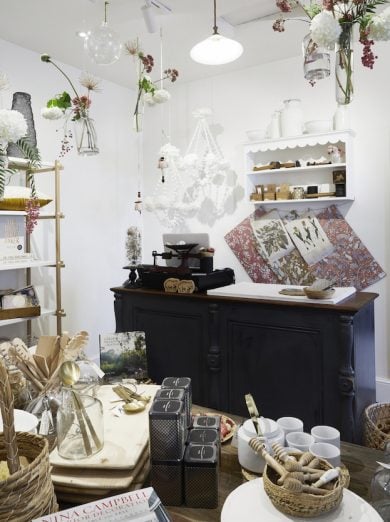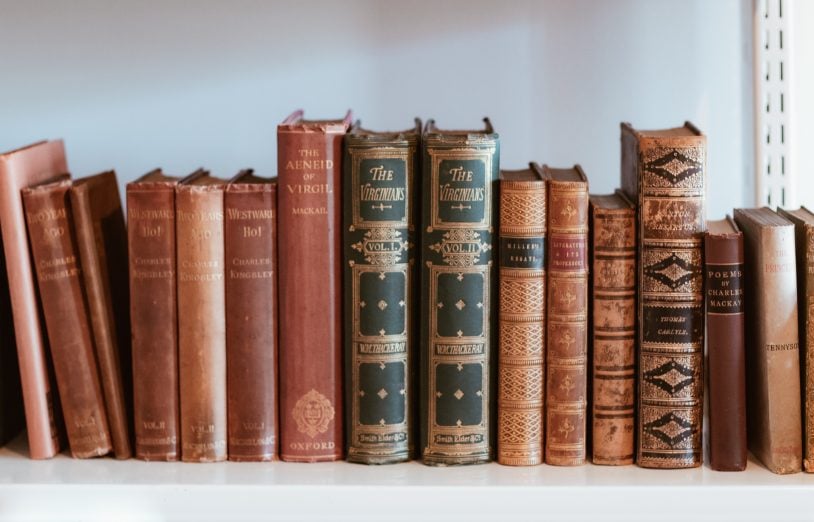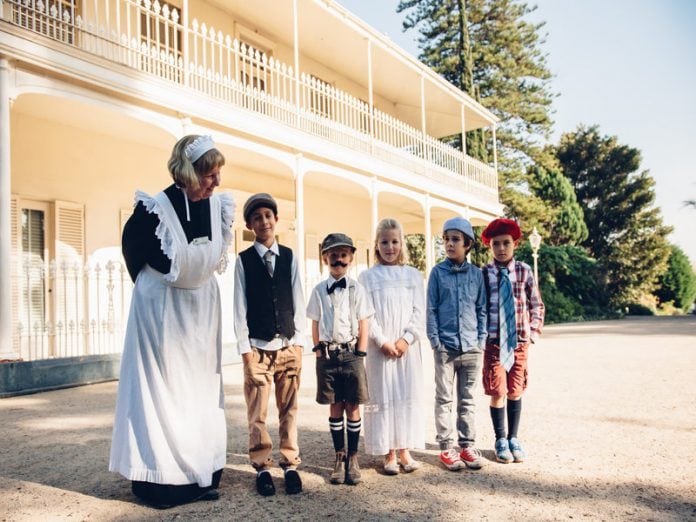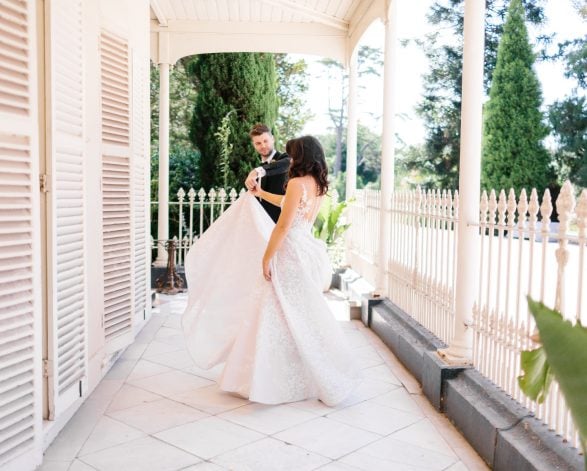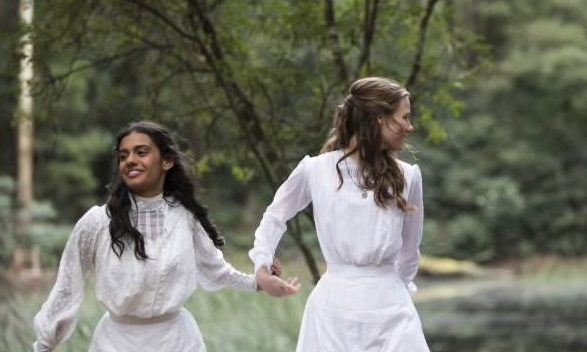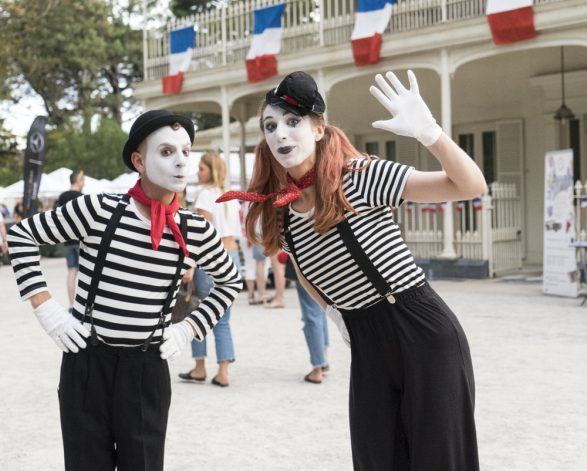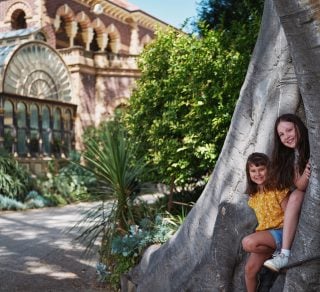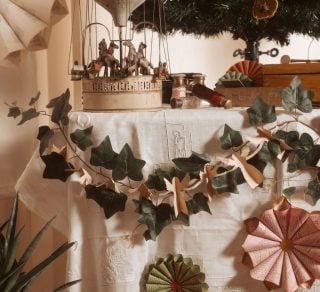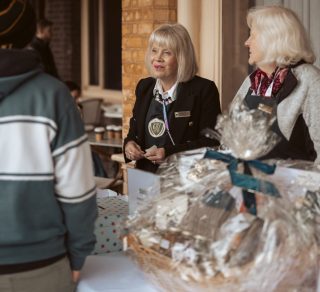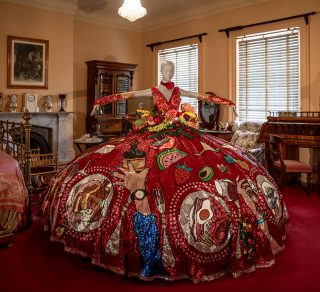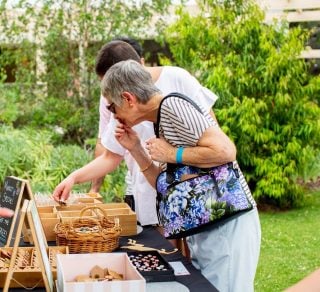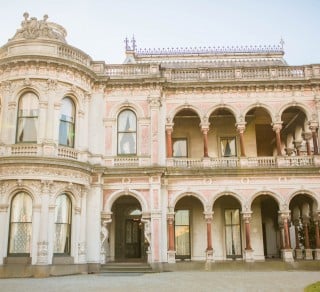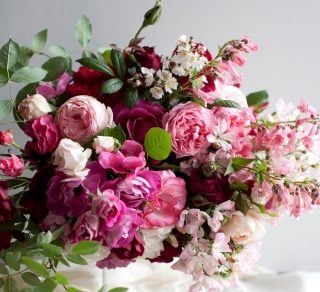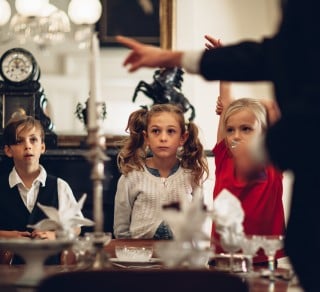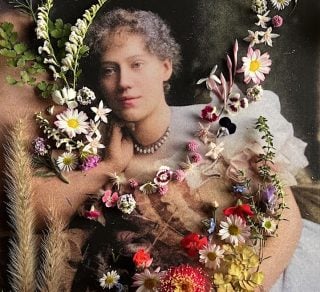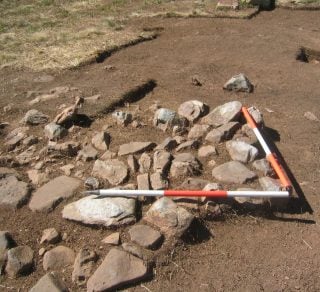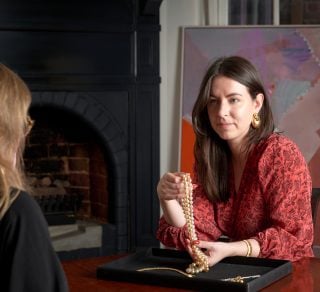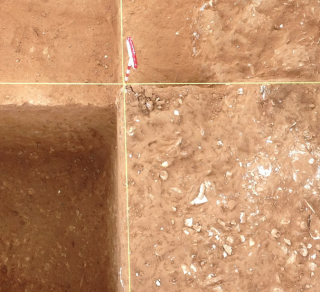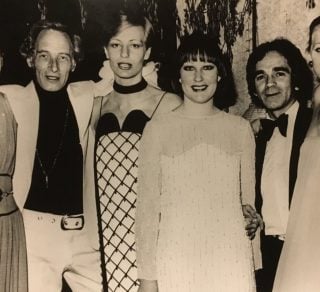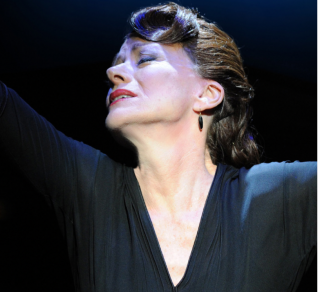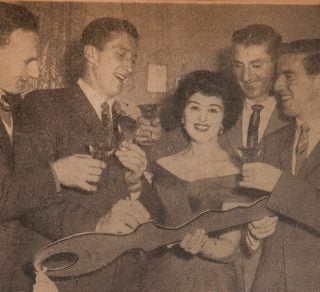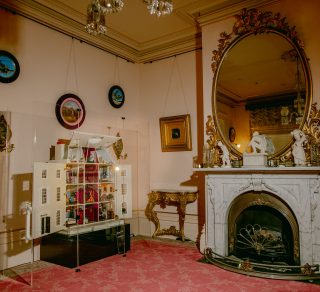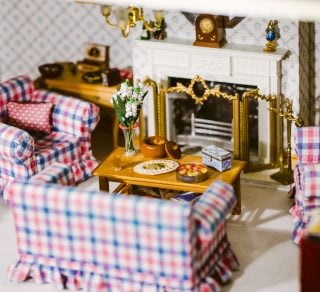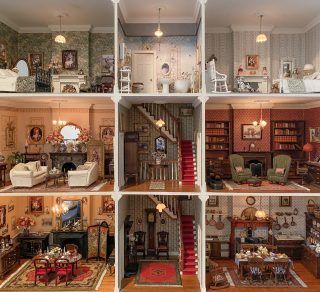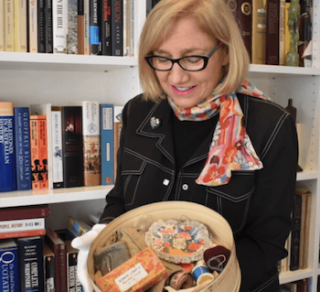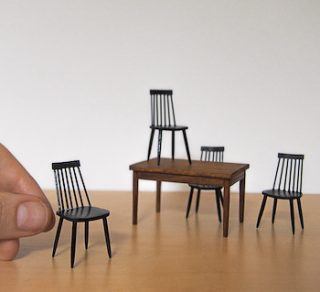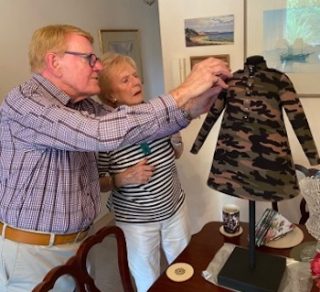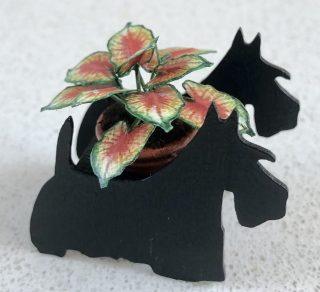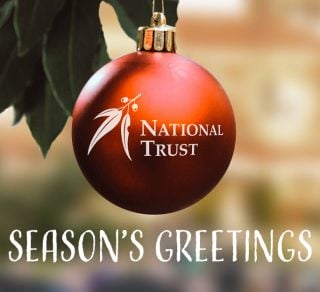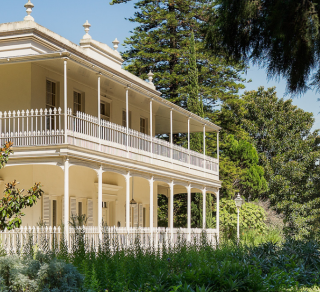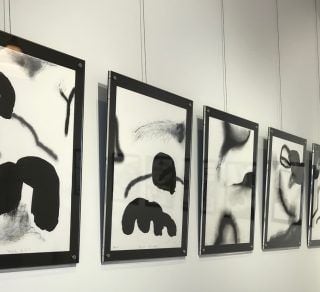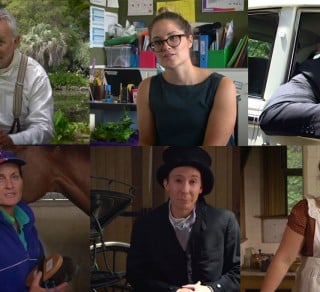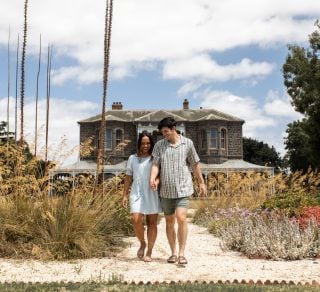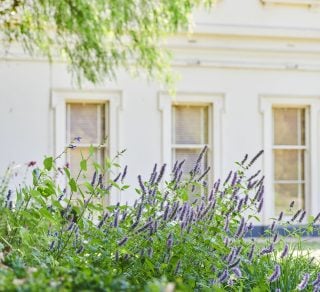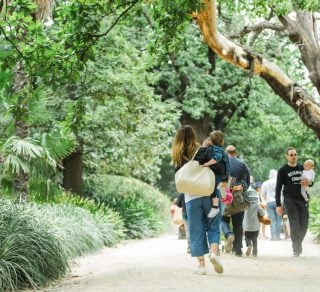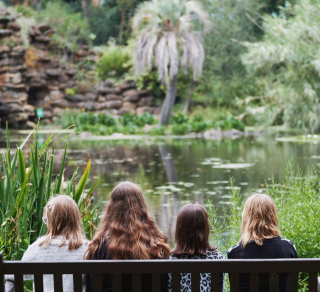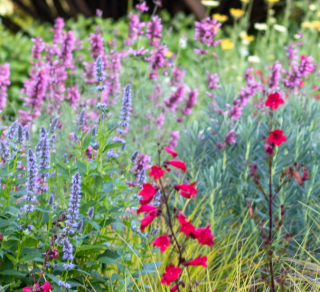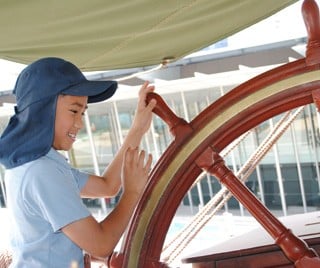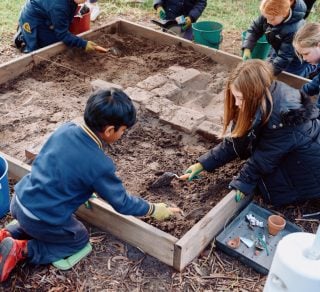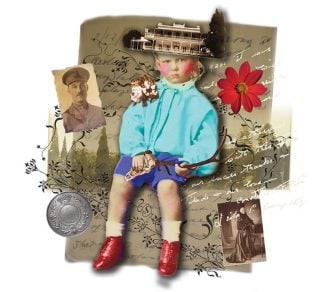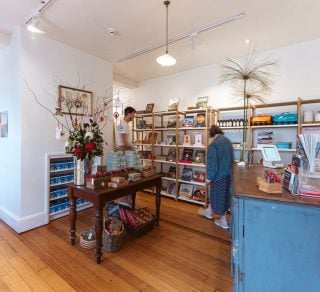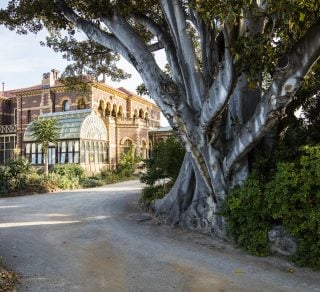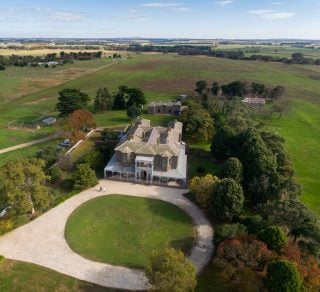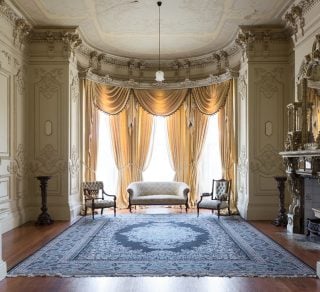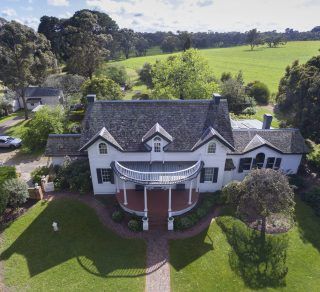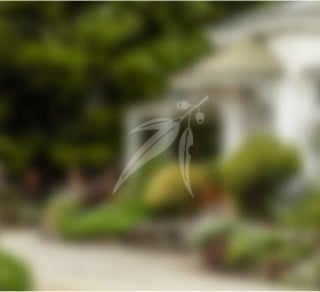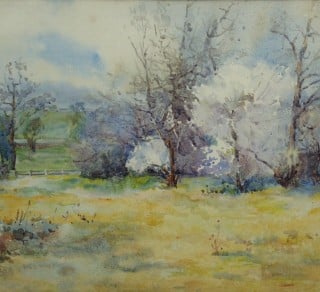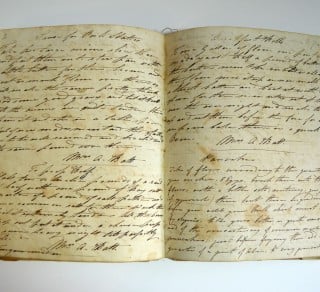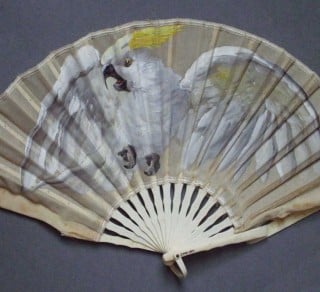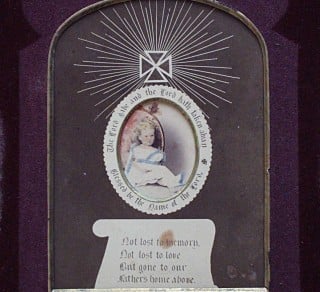Enjoy the calm of an urban pleasure garden and historic house. Discover the story of Melbourne with a visit to Como House.
Known by many Melburnians as ‘the white house on the hill,’ Como overlooks the Birrurung (Yarra) river and is surrounded by a pleasure garden and community parkland.
Leila Armytage called her home ‘the last remaining oasis.’
Como is an atmospheric town mansion presented as a family home. The interiors reflect the tastes and style of the Armytages, who lived at Como for 95 years. It was the first house museum in Australia acquired with its contents of furniture, domestic technology and decorative arts. Como was a home but also a place of work, and the original servants’ quarters are preserved.
Built in 1847, Como House is an unusual mix of Australian Regency and classic Italianate architecture. The garden has retained many elements of its 1850s design.
Since colonisation, Como has changed with Melbourne, reflecting the booms and busts of Victoria’s history. This is the story you will hear on your visit.
Entry inside Como House is by guided tour only. Spaces are limited and pre-bookings are recommended.
Read more about the history of Como House.
See & Do
- Pre-book a guided visit of Como House with volunteers guides who will share more of the history and life of the Como Story.
- Bring a picnic to enjoy in the tranquil garden surroundings, or head to Como Lane Cafe
- Shop unique items and gifts at the National Trust Gift Shop
- Shop from a collection of quality unique second-hand books at the Bookshop
As a responsible custodian of heritage places, the National Trust is committed to acknowledging the past, including aspects of our history which are painful and uncomfortable. Read more about what we’re doing.
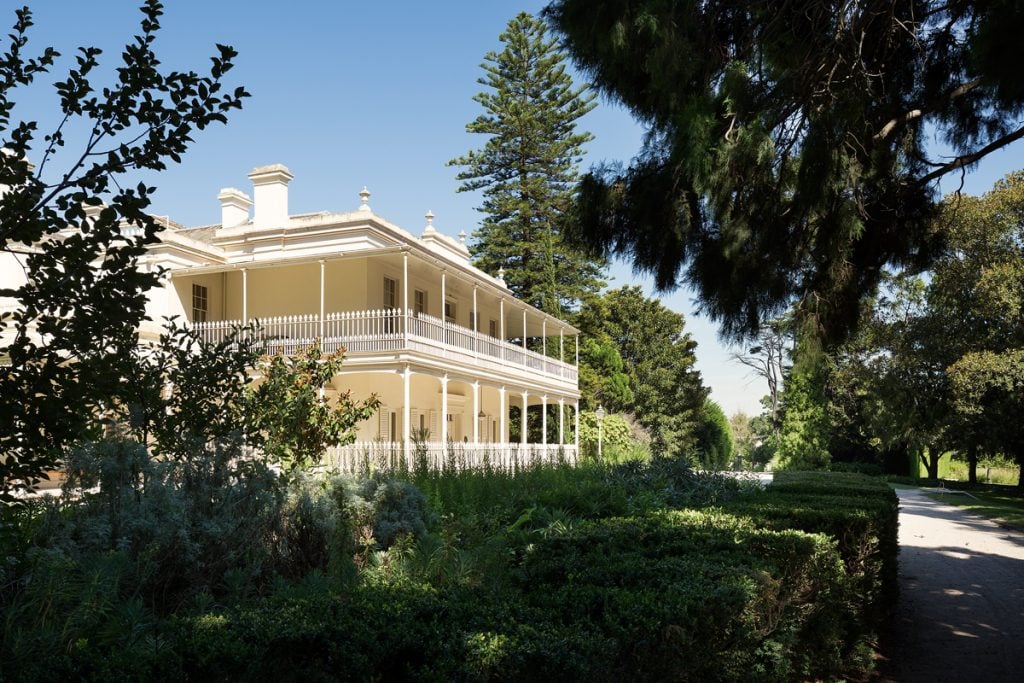

Como House is an accredited museum through the AMaGA Museum Accreditation Program (MAP)
